While everyone around the world is experiencing the impacts of COVID-19, the risks are heightened for the world’s nearly 80 million people who have been forcibly displaced from their homes.
According to the UNHCR, the UN refugee agency, 134 refugee-hosting countries report local transmission of COVID-19. Refugee camps and settlements are typically overcrowded, and refugees commonly lack access to water and hygiene supplies and facilities, which may cause the virus to spread.
Our experience has shown us that crises such as COVID-19 disproportionately affect refugees, internally displaced people, and women and girls around the world and in our own communities.
Right now, there are nearly 80 million people around the world who have been forced from their homes and living in vulnerable settings, often in camps or informal settlements. Many of them have very little access to public health infrastructure or are living in countries with weakened public health services.
CARE is ensuring women and girls have tools and support to survive COVID-19 and to help forge a more equal, more resilient world. We know that women’s leadership is critical to enable the world to recover better, greener and more inclusively.
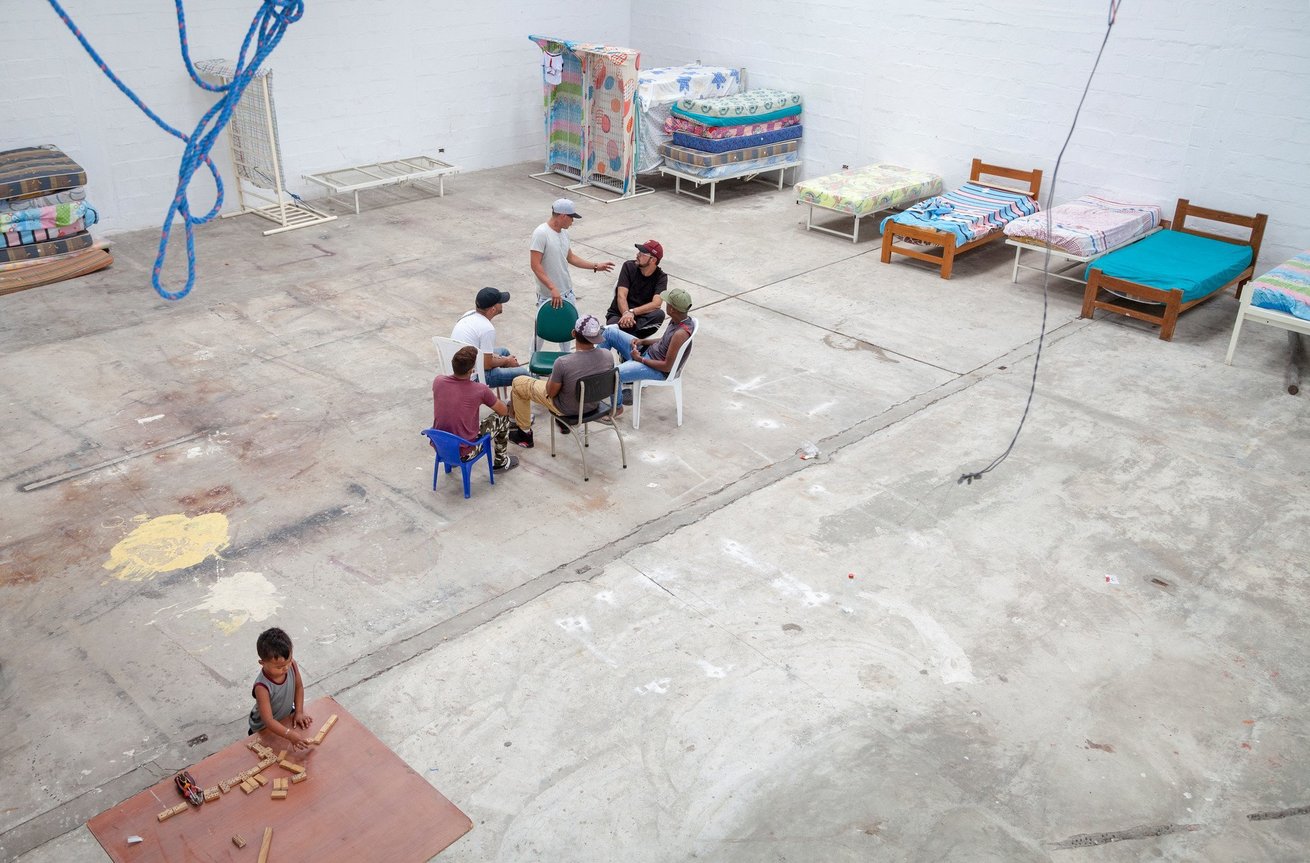

Venezuelan refugees in Ecuador
A group of Venezuelan migrants gather in a shelter in Quito, Ecuador, while a child plays nearby with blocks. They have been in isolation together for more than three weeks and are waiting for Venezuela to lift its suspension of evacuation flights so that they can return home.
Due to political turmoil in Venezuela and the subsequent economic crisis, approximately 5 million refugees and migrants have fled Venezuela since 2016. In Ecuador, one of the countries worst hit by COVID-19 in the region, the situation is so dire that many migrants who initially fled to the country for safety and opportunity, are now leaving. Many are no longer able to work and face serious challenges without proper access to health care or other services due to their migratory status. Venezuela is experiencing one of the world’s worst humanitarian crises, with crumbling public services and widespread malnutrition due to food shortages.
In Ecuador, CARE is distributing cash, food, medicine and other supplies to marginalized groups including Venezuelan refugees and migrants, sex workers, and people living with HIV/AIDS.
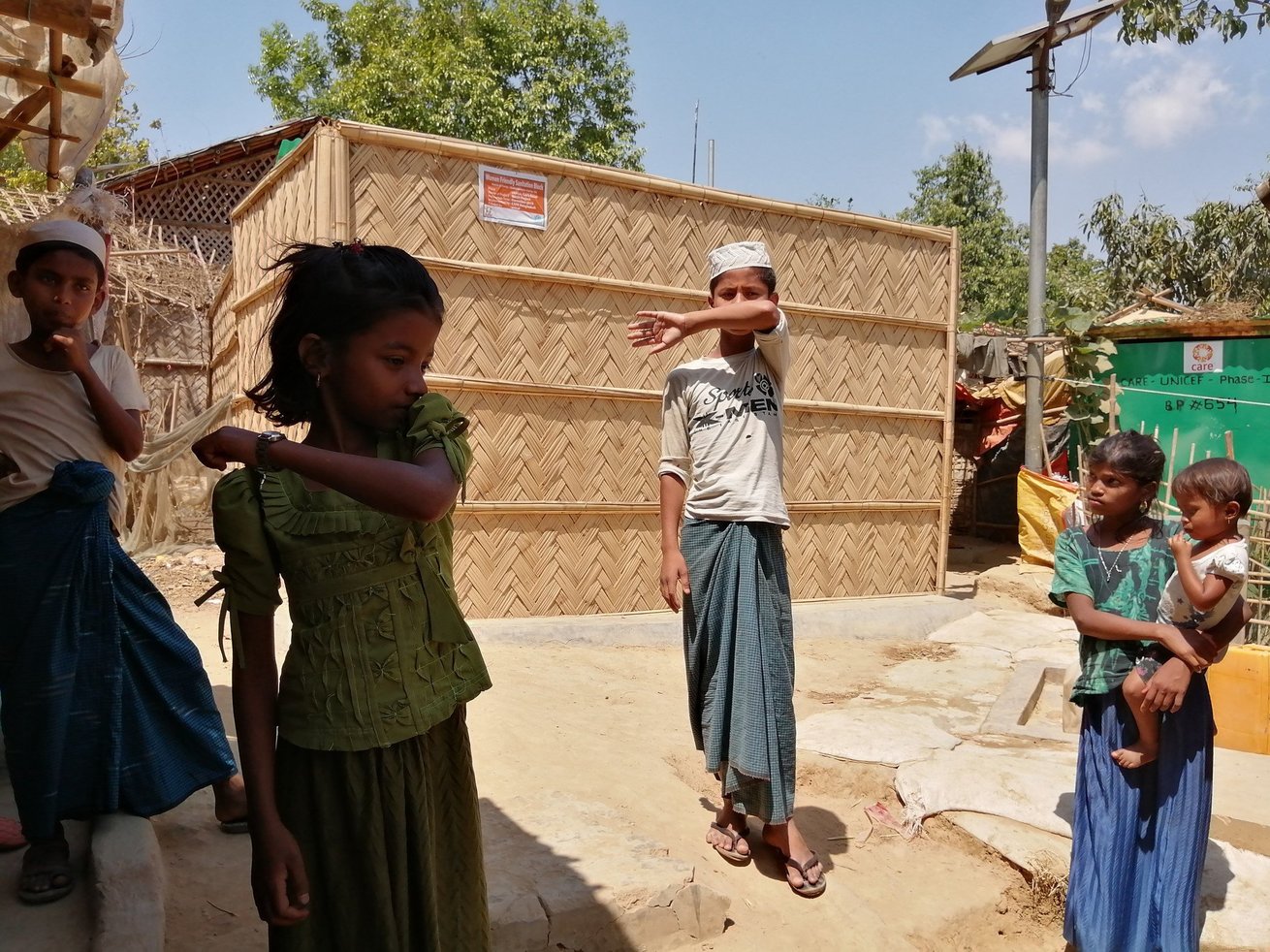

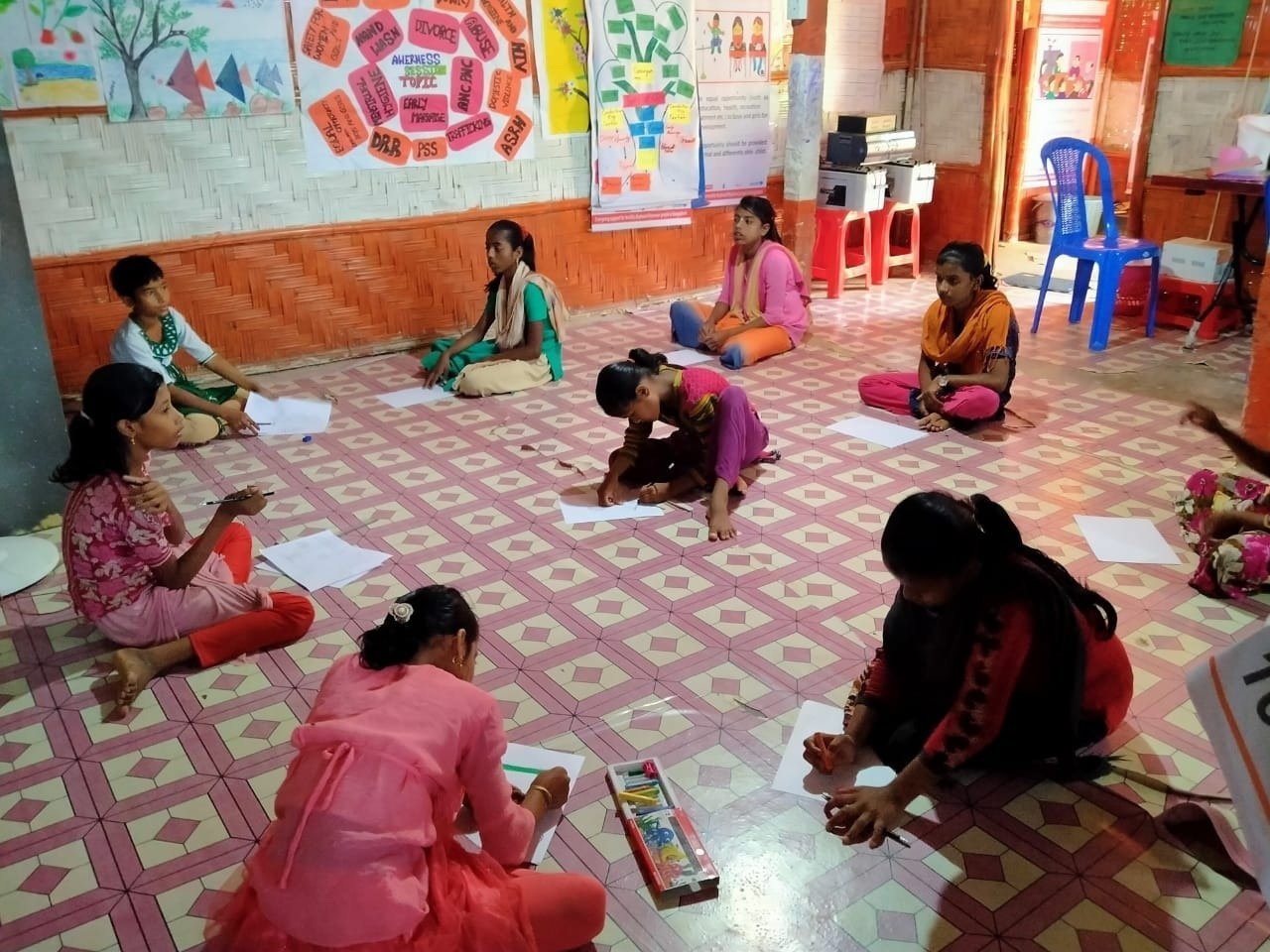

Cox’ Bazar refugee camp, Bangladesh
[Left] Children in Cox’s Bazar, Bangladesh-home to the world’s largest refugee camp-participate in a CARE workshop on coughing and sneezing etiquette.
Nearly one million Rohingya refugees have fled to Bangladesh since 2017 after violence escalated in Myanmar, with most fleeing to Cox’s Bazar.
The camps, which house approximately 855,000 refugees and are nearly four times as dense as New York City and eight times that of Wuhan, China, making social distancing practically impossible.
[Right] Girls participate in a drawing session at the women and girls’ safe space in Cox’s Bazar refugee camp, Bangladesh, while maintaining social distance. The majority of refugees in Cox’s Bazar- approximately 459,000-are children. About 51% are women and girls.
Deepmala Mahla, CARE’s Regional Director for Asia, explains the importance of interventions that support women and children:
“The household burden is shared more by women and girls, so when people are not able to go out, the burden on the family to earn a an income is bigger. Who sacrifices the meal first? Women and girls.”
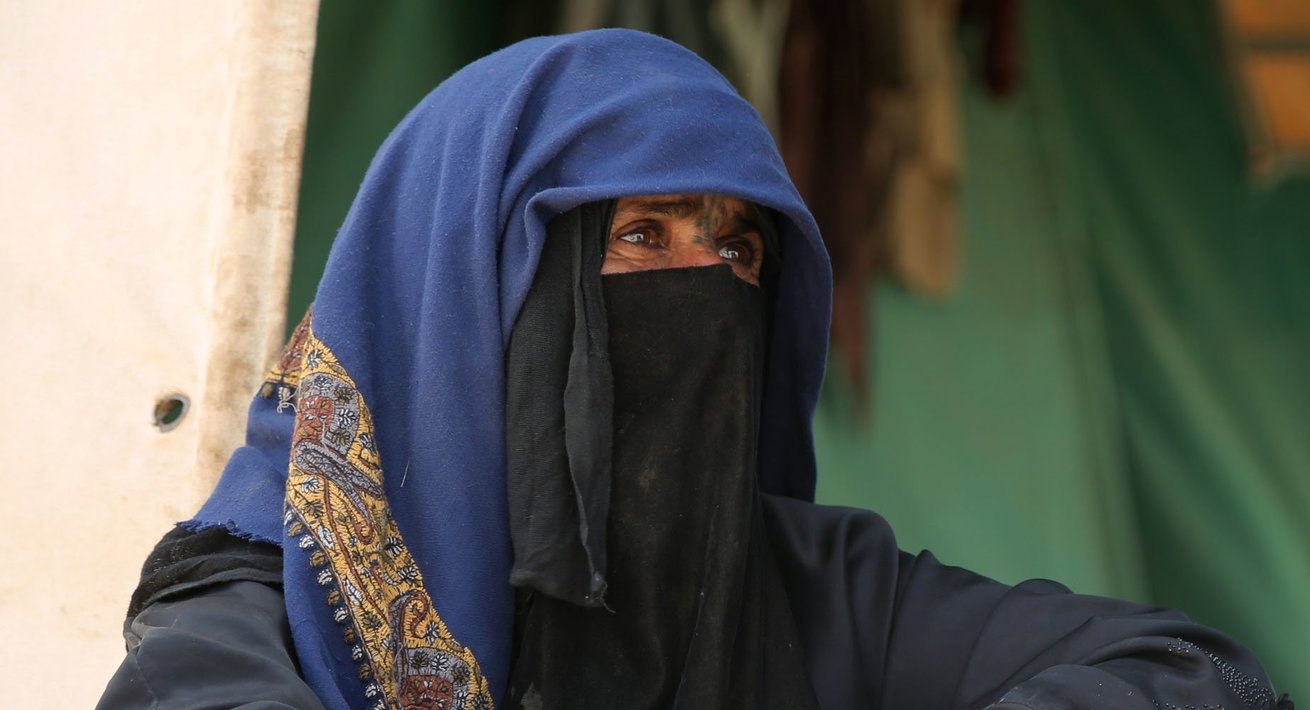

Yemen
As of June 11, Yemen counted 595 cases of COVID-19 and 137 deaths. After more than five years of brutal war, self-isolation, disease, displacement, movement restrictions, and loss of economic opportunity are all too familiar to Yemenis.
An estimated 24 million people are currently in need of humanitarian assistance inside Yemen, and as COVID-19 threatens this especially vulnerable population, the country is simultaneously battling a cholera epidemic that counted more than 87,000 suspected cases in the first three months of 2020.
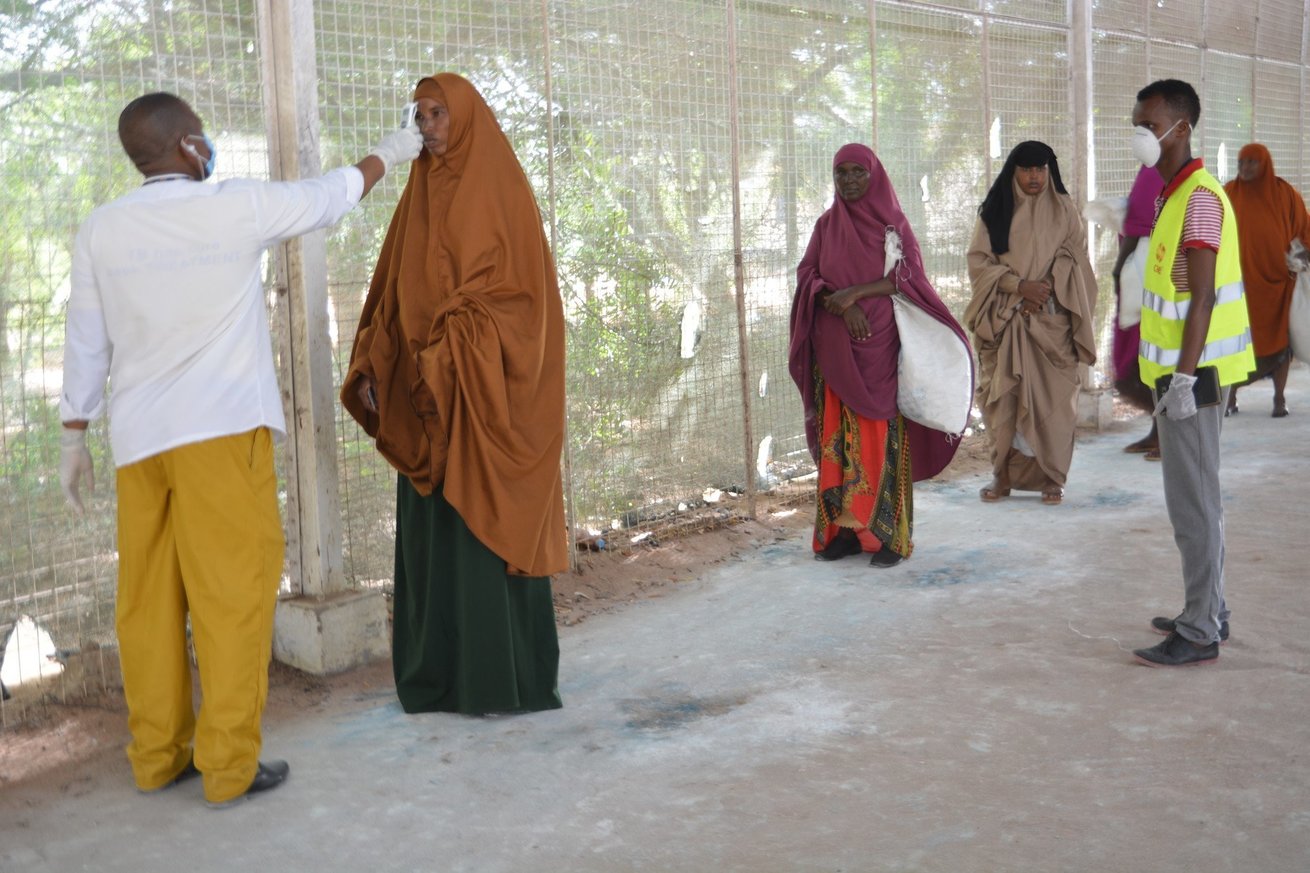

Dadaab refugee camp, Kenya
Women line up to have their temperature checked while maintaining social distancing in Kenya’s Dadaab refugee complex. The camps in Dadaab are home to over 230,000 refugees.
During COVID-19, CARE has expanded its work in the camps to include teaching safe hygiene and sanitation practices, distributing soap, repairing broken water pipes and pumps, and constructing new bathrooms and hand washing stations.
The camps recorded their first positive coronavirus cases in May 2020. Isolation facilities have been set up in the camps, but the UN refugee agency says they are not sufficient to provide adequate care in the event of an outbreak.
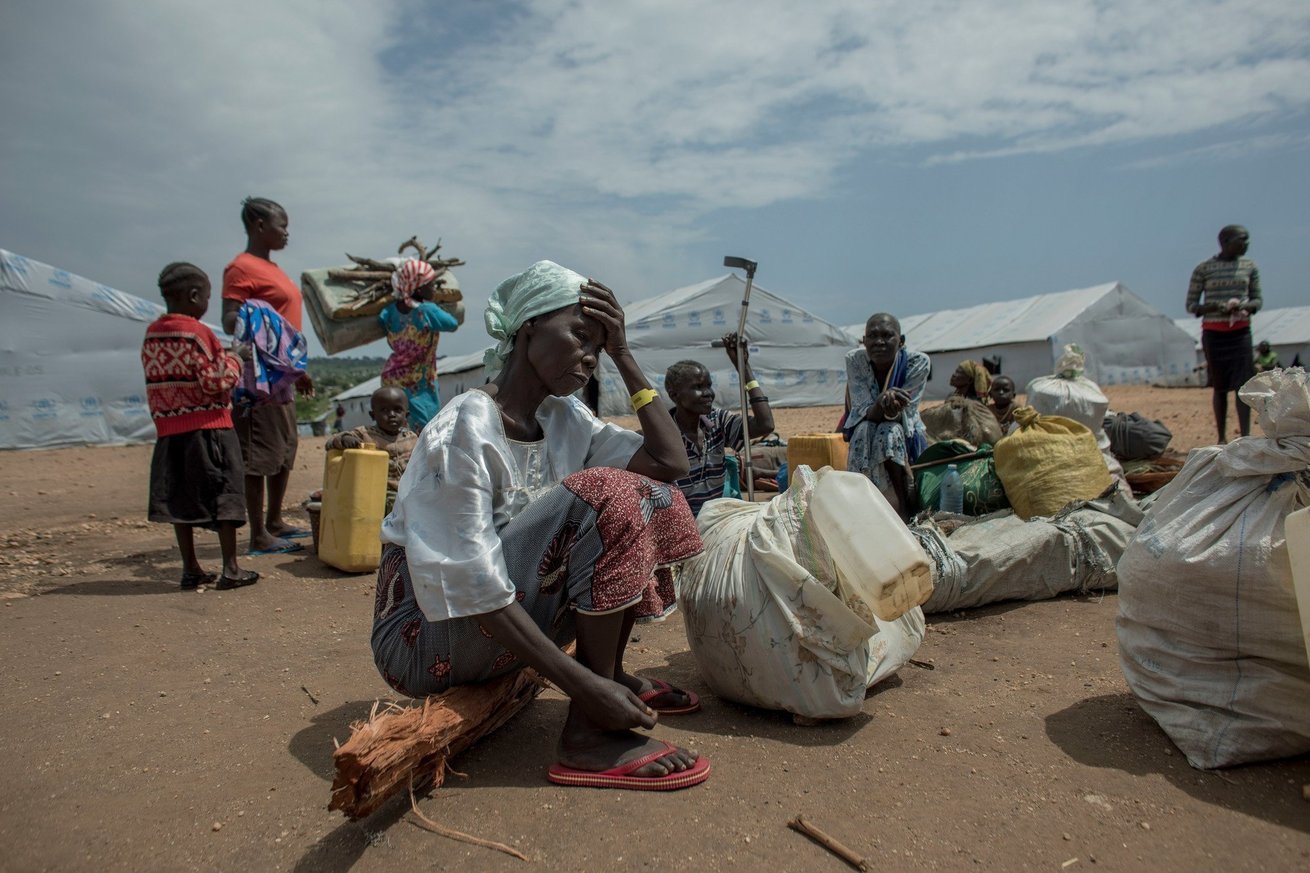

Imvepi Refugee Settlement, Uganda
Refugees, carrying their few remaining possessions, wait in the transportation area of the Imvepi Refugee Settlement in Uganda.
Uganda, which is widely praised for its progressive policies on refugees, hosts refugees in settlements, rather than camps, and provides refugees with plots of land for agricultural use in order to support self-reliance.
Currently Uganda has closed its borders, meaning refugees can no longer enter the country.
“We only hope that the borders will open for refugees as soon as possible, and we can screen and isolate them as a precaution. We also hope in the meantime that their human rights will be respected, and they will be treated with dignity. This is uncharted territory for us all,” says CARE Uganda’s country director Apollo Gabazira.

